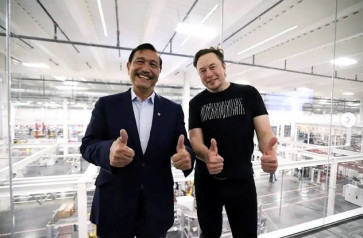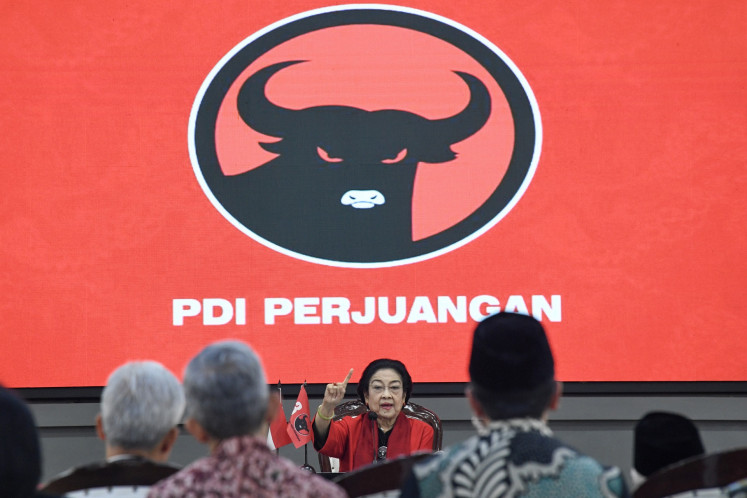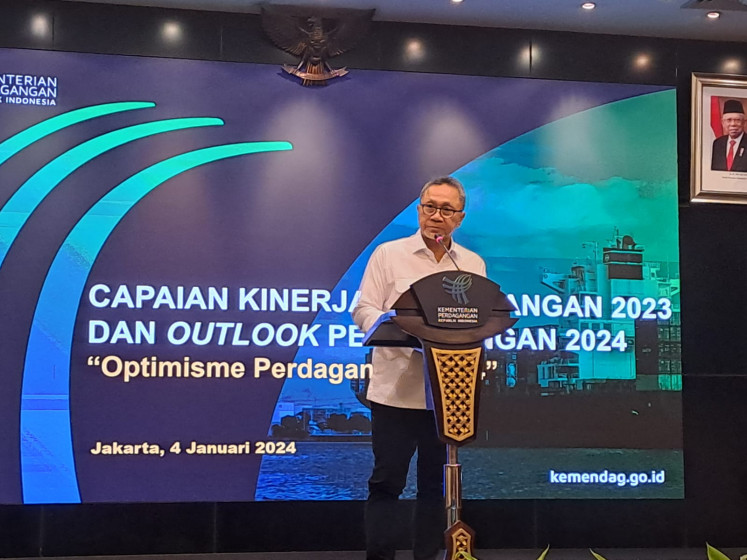Facts about Taiwan in Saturday's presidential election
Unification opposed: Residents line up to vote in the presidential election near a map of Taiwan at a polling station in Taipei, Taiwan, Saturday, Jan
Change Size
 Unification opposed: Residents line up to vote in the presidential election near a map of Taiwan at a polling station in Taipei, Taiwan, Saturday, Jan. 16, 2016. Voting was underway Saturday in Taiwan's presidential election in which the island's China-friendly Nationalist Party appears likely to lose power to the pro-independence opposition, amid concerns that the island's economy is under threat from China and broad opposition among voters to Beijing's demands for political unification. (AP Photo/Ng Han Guan) (AP Photo/Ng Han Guan)
Unification opposed: Residents line up to vote in the presidential election near a map of Taiwan at a polling station in Taipei, Taiwan, Saturday, Jan. 16, 2016. Voting was underway Saturday in Taiwan's presidential election in which the island's China-friendly Nationalist Party appears likely to lose power to the pro-independence opposition, amid concerns that the island's economy is under threat from China and broad opposition among voters to Beijing's demands for political unification. (AP Photo/Ng Han Guan) (AP Photo/Ng Han Guan)
U
span class="inline inline-center">Unification opposed: Residents line up to vote in the presidential election near a map of Taiwan at a polling station in Taipei, Taiwan, Saturday, Jan. 16, 2016. Voting was underway Saturday in Taiwan's presidential election in which the island's China-friendly Nationalist Party appears likely to lose power to the pro-independence opposition, amid concerns that the island's economy is under threat from China and broad opposition among voters to Beijing's demands for political unification. (AP Photo/Ng Han Guan)
Polls close in Taiwan election expected to produce president from pro-independence opposition. Some basic information about the self-governing island democracy of Taiwan, which is holding elections for president and the 133-seat national legislature Saturday:
___
HISTORY ' Despite Beijing's claim Taiwan has been part of China since ancient times, permanent Chinese settlement did not begin until the Dutch colonial period in the 17th century. Spain had also operated a colony there for a time, while Portuguese sailors are credited with naming it "Formosa," the Beautiful Island, by which it was known for much of its history.
Ming dynasty warlord Koxinga expelled the Dutch in 1662, but his stronghold was itself conquered by the Manchu Qing dynasty that overthrew the Ming. Not until 1887 was Taiwan made a province and 10 years later it became a Japanese colony as a result of the First Sino-Japanese war.
Following the end of World War II, it was handed to the Nationalist Party-run Republic of China under Chiang Kai-shek, who moved his government there in 1949 after the Communist Party swept to power in China, while still claiming to be the sole legitimate ruler of mainland China.
___
PEOPLE ' Taiwan's population of 23 million includes a range of aboriginal tribespeople, whose ancestors lived on the island for thousands of years before the arrival of Chinese settlers. The earliest arrivals were primarily farmers and fishermen from Fujian who spokes varieties of the Hoklo, or Hokkien, dialect.
They were joined by members of the Hakka ethnic group from Fujian and Guangdong province to the south who have long been culturally and linguistically distinct from China's Han majority.
A new wave of mainland migrants came with Chinese rule in 1945, peaking in 1949 when about 2 million soldiers, administrators, business people and others arrived along with the defeated Nationalist government. Once made up of large families, its current fertility rate of just over one child per woman is among the world's lowest.
___
GEOGRAPHY ' Slightly larger than the U.S. state of Maryland, Taiwan lies about 160 kilometers (100 miles) across the Taiwan Strait from the Chinese province of Fujian.
The main island is dominated by the Central Mountain Range, forcing the majority of the population into a fertile plain running along the west coast. The thinly populated east coast looks out on the Pacific.
In addition to the main island, Taiwan also includes the Penghu, or Pescadores, island group in the Taiwan Strait along with Matsu and Kinmen just off the Chinese coast.
___
POLITICS ' The Nationalists devastated the native Taiwanese political elite in a 1947 crackdown and imposed a harsh form of martial law in 1949. The subsequent years were known as the White Terror, during which tens of thousands of intellectuals and suspected subversives were arrested and executed.
An opposition movement began taking shape in the 1970s and Chiang Kai-sheck's son and successor Chiang Ching-kuo began promoting native Taiwanese to higher office, eventually ending martial law in 1987.
The first direct presidential election was held in 1996 and the main opposition Democratic Progressive Party gained power in 2000 under president Chen Shui-bian.
___
POLITICAL SYSTEM ' Taiwan is a hybrid democracy that mixes elements of European-style parliamentary systems with a presidential system similar to that in the United States. Executive powers are concentrated in the president as head of state, while legislation is passed by the 133-seat legislature known as the Legislative Yuan, which elects a speaker from the majority party.
The president also appoints the premier, who is required to appear before the legislature to answer questions and defend the president's agenda. Conflicts have arisen in the past when the president comes from a party that doesn't enjoy a legislative majority, causing gridlock.
The system is a strong contrast to China's Marxist-Leninist style one-party state with its toothless legislature and eschewing of the separation of powers.
___
ECONOMY ' Taiwan began moving from a largely agricultural economy to one based on increasingly high-tech manufacturing In the latter half of the 20th century. Although it remains dominated by small and medium size industries, it has created global brands including Formosa Plastics, Acer computers, Giant bicycles and electronics maker Foxconn.
While it formerly dwarfed the Chinese economy, today Taiwan stands as the world's 26th largest, according to the International Monetary Fund, compared to China's second place ranking.
However, its people remain much better off, ranking 32nd in per capita income compared to China's 74th ranking position. With exports slowing and wages stagnant, growth is expected to average around 2 percent annually over the next five years.
___
RELATIONS WITH CHINA ' While Taiwan-China relations have improved enormously since the days of their bitter Cold War rivalry, a large majority of Taiwanese reject China's demand for political unification in favor of maintaining the status-quo of de-facto independence.
Taiwan maintains its own constitution, flag, national anthem and other trappings of sovereignty under its official title of the Republic of China. It also maintains a robust military to respond to China's threat to impose unification by force, backed by an implicit U.S. security guarantee.
While the future of official exchanges is unclear, economic ties continue to grow, to the consternation of some younger Taiwanese who see China as a threat to their future economic wellbeing. (ags)









